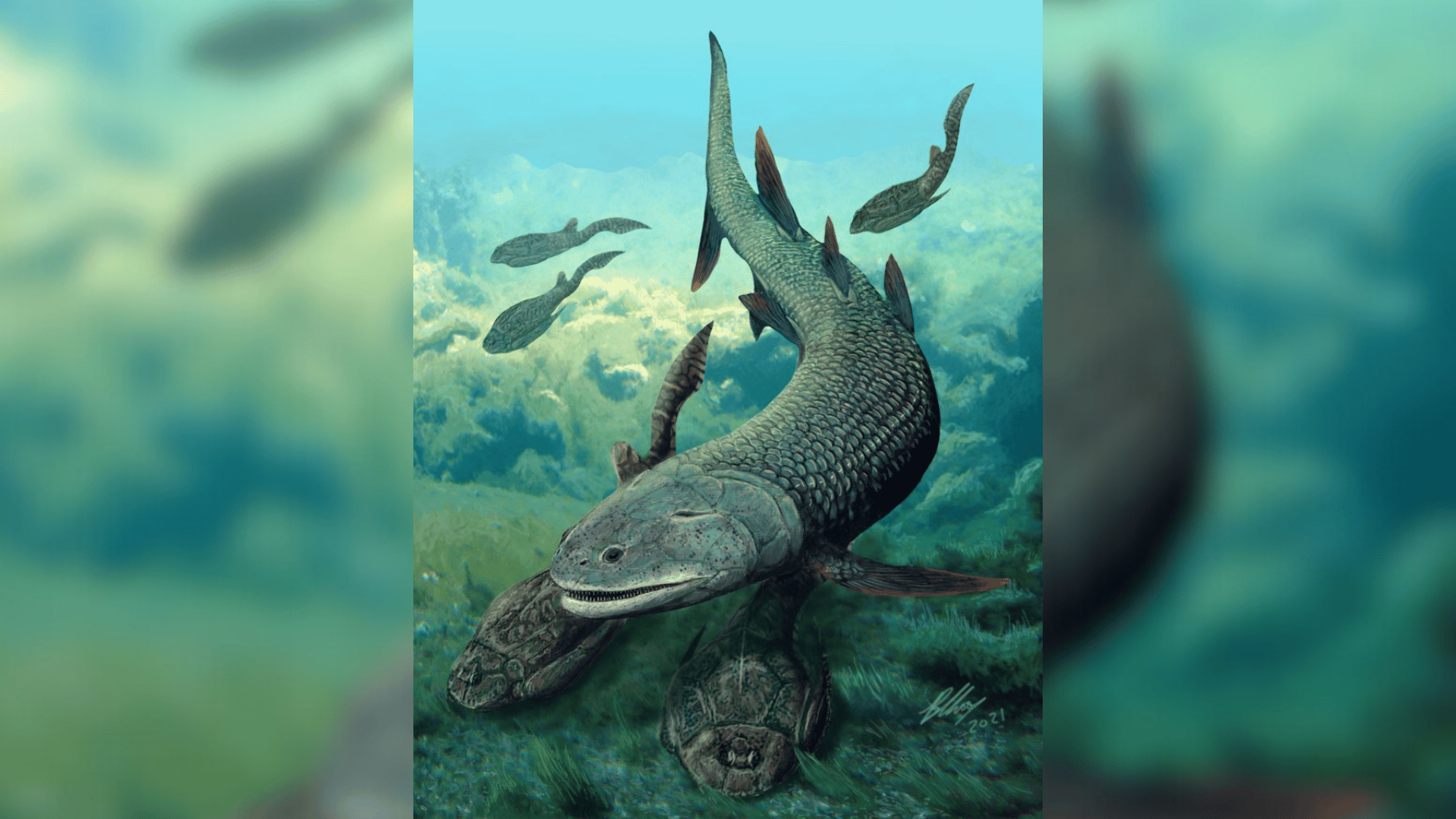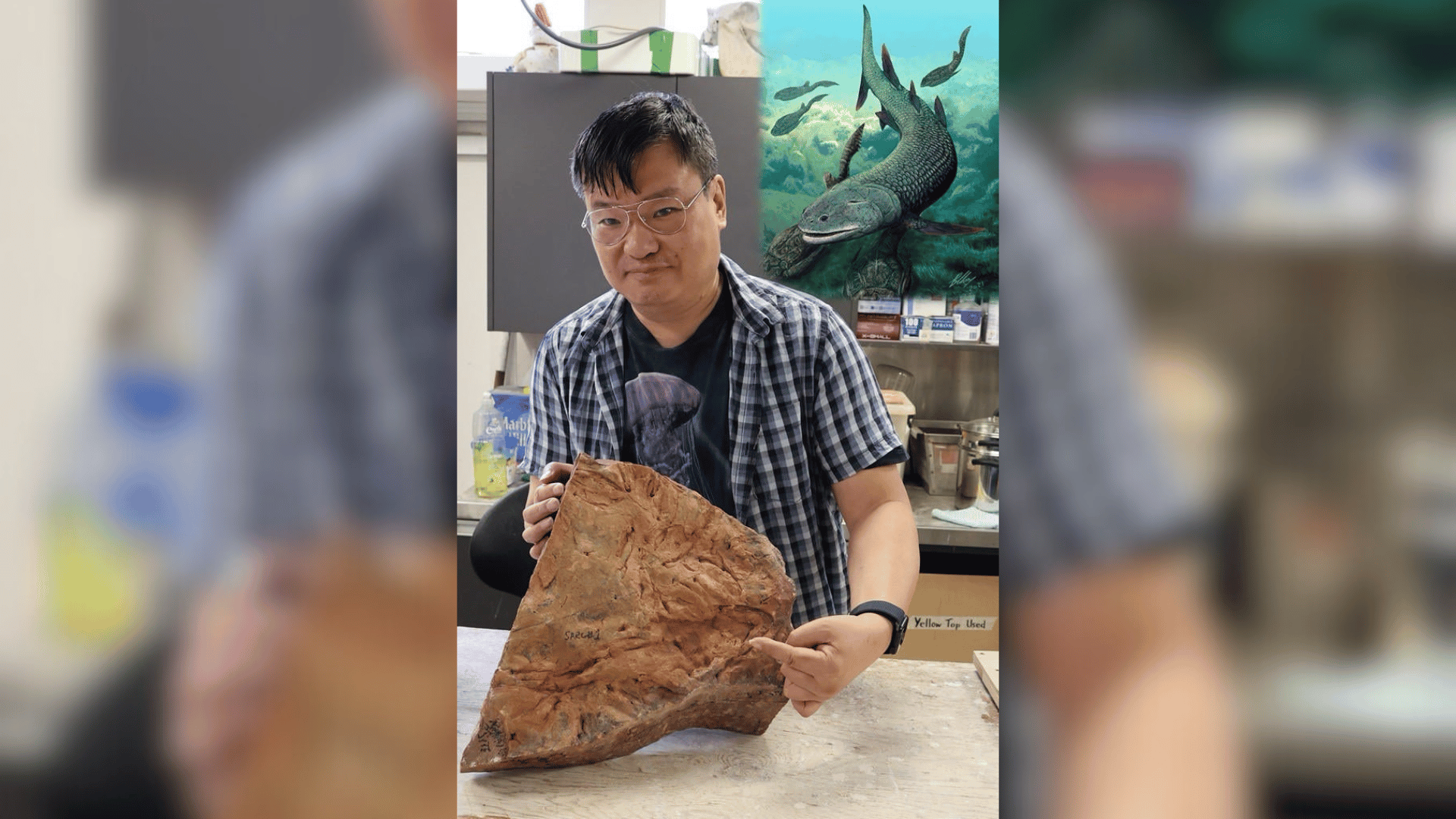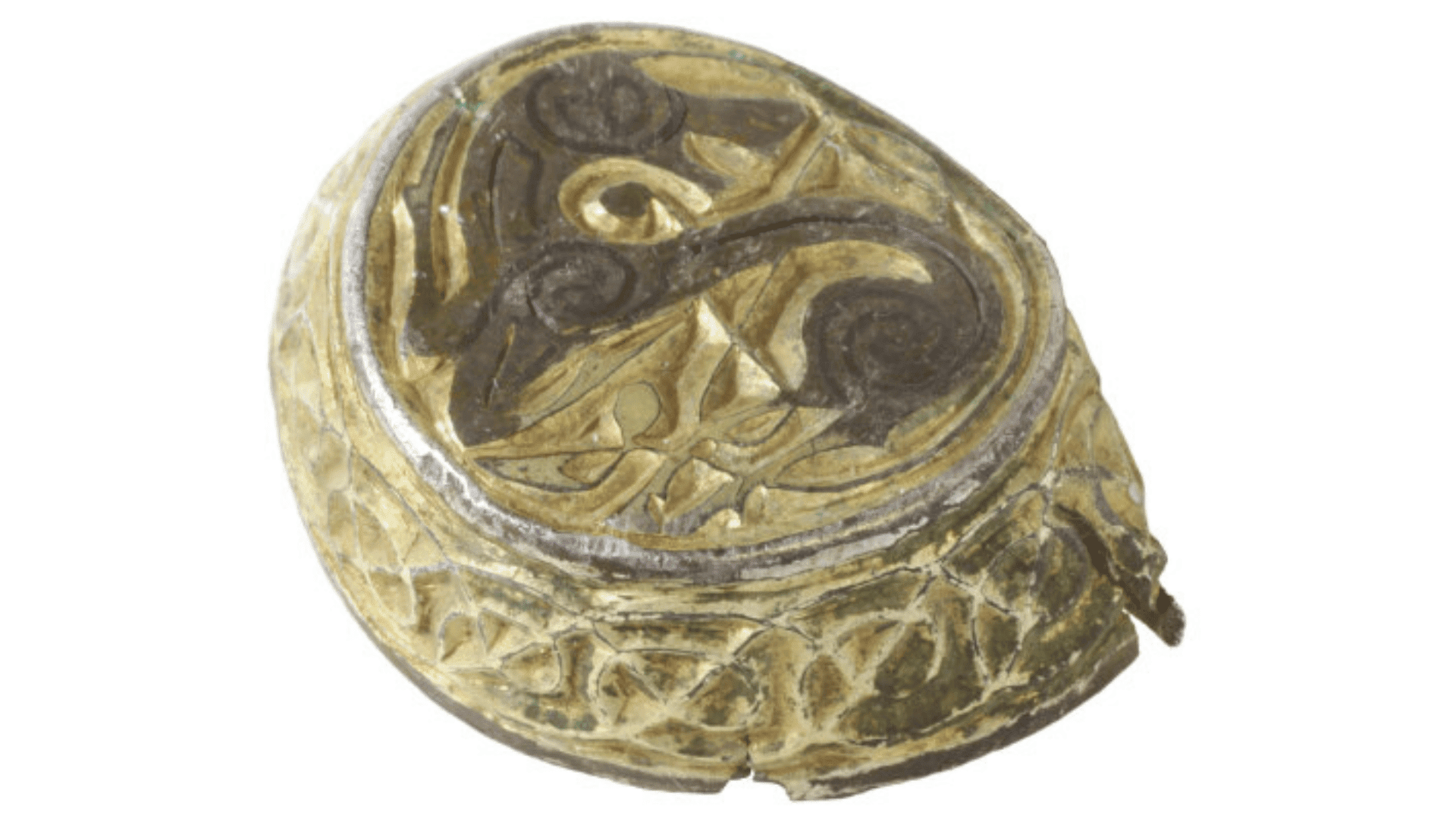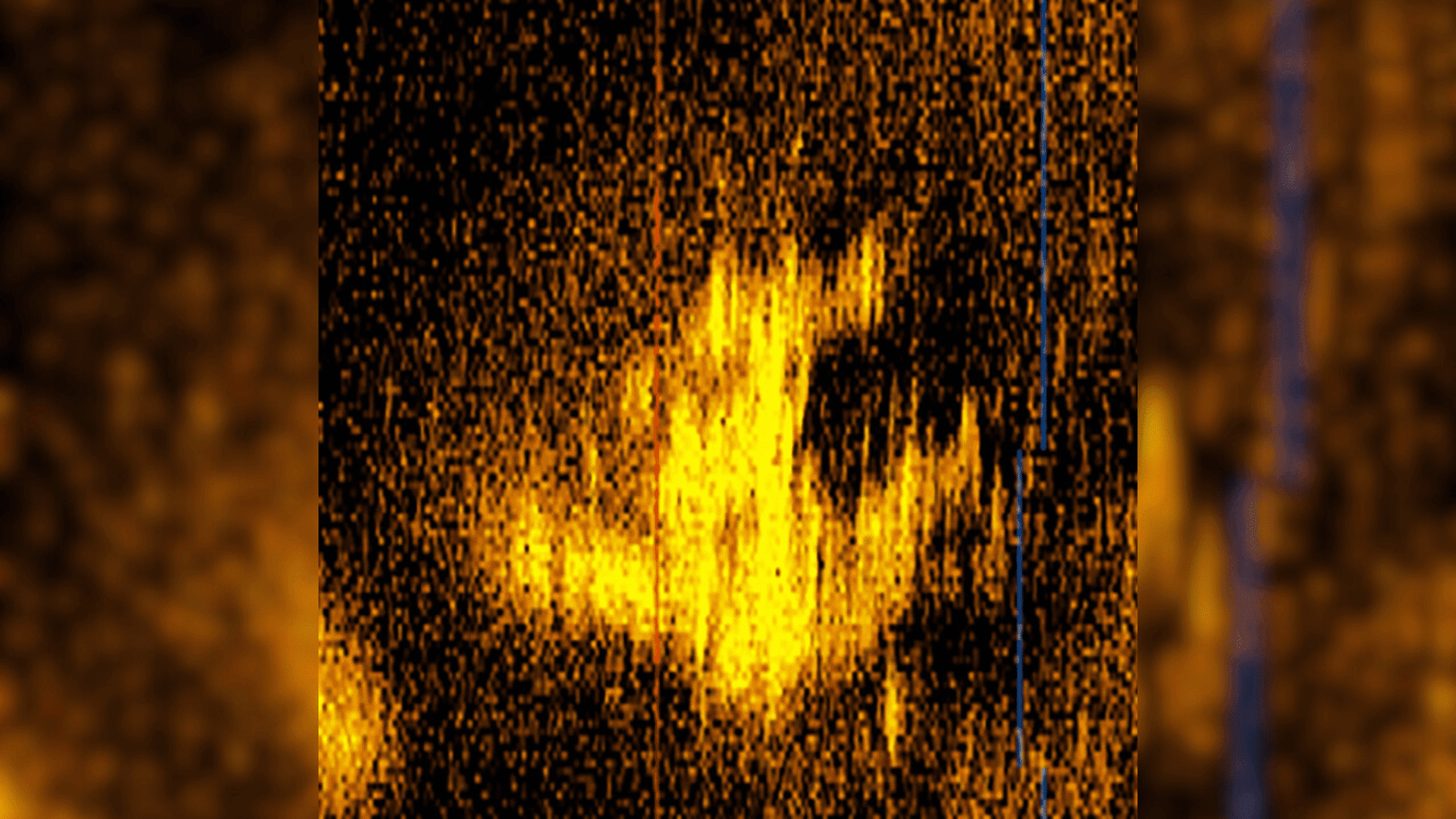The rivers of Australia once hosted a range of animals, including predatory fish with large fins and bony scales called Harajicadectes zhumini. This fossil fish was discovered in remote fossil fields west of Alice Springs by an international team of researchers led by Flinders University paleontologist Dr. Brian Choo.

ANU Professor Gavin Young first discovered fragmentary specimens in 1973. Many more fossils recovered in 1991 have been studied by the Melbourne Museum and Geosciences Australia in Canberra. Attempts to study these fossils proved difficult, however, until the Flinders University’s 2016 expedition found an almost complete specimen.
Among the ancient Tetrapodomorph lineage, some of which became ancestors of limbed tetrapods and later humans, Harajicadectes is distinctive for the large openings on the top of its skull.
“These spiracular structures are thought to facilitate surface air-breathing, with modern-day African bichir fish having similar structures for taking in air at the water’s surface,” says Flinders Palaeontology Lab researcher Dr Brian Choo, who studied the most complete specimen of the newly described Harajicadectes which grew to about 40cm. “This feature appears in multiple Tetrapomodorph lineages at about the same time during the Middle-Late Devonian. In addition to Harajicadectes from central Australia, large spiracles also appeared in Gogonasus from Western Australia and elpistostegalians like Tiktaalik (the closest relatives to limbed tetrapods). Plus it also appears in the unrelated Pickeringius a ray-finned fish from Western Australia, first described in 2018.”
Explore Tomorrow's World from your inbox
Get the latest science, technology, and sustainability content delivered to your inbox.
I understand that by providing my email address, I agree to receive emails from Tomorrow's World Today. I understand that I may opt out of receiving such communications at any time.

Professor John Long, a leading Australian expert on fossil fish and coauthor of the new study, says the synchronized appearance of the air-breathing adaptation could have coincided with a time of decreased atmospheric oxygen during the mid-Devonian.
“The ability to supplement gill respiration with aerial oxygen likely afforded an adaptive advantage,” says Professor Long. “We found this new form of lobe-finned fish in one of the most remote fossil sites in all of Australia, the Harajica Sandstone Member in the Northern Territory, almost 200km west of Alice Springs, dating from the Middle-Late Devonian roughly 380 million years old.”







